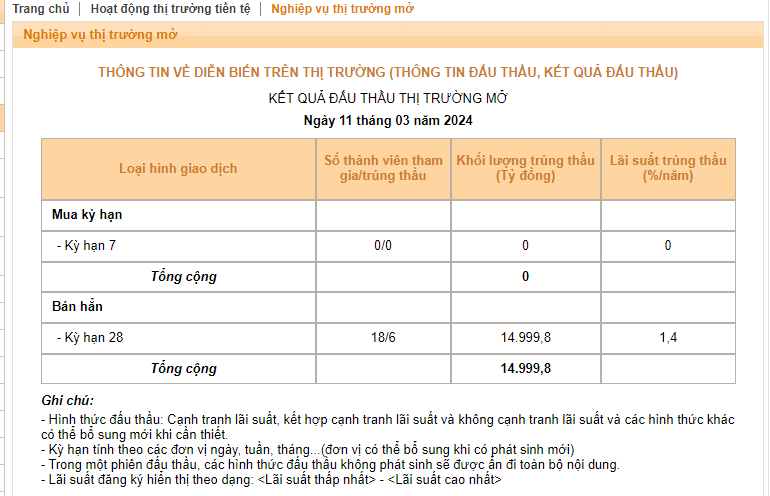TPBank: A Year of Growth and Innovation Amidst Economic Headwinds
In his address to shareholders at this year’s annual meeting, Mr. Do Minh Phu, Chairman of the Board of Directors of Tien Phong Bank (TPBank), stated that the bank has successfully weathered the “headwinds” of 2023 and achieved significant growth. One of the key success factors for the bank last year was the growth of its retail segment.
In 2023, **TPBank**’s customer base grew by a record-breaking 3.5 million, bringing the total number of customers served to over 12 million. In just three years, the bank has attracted over 8.6 million new customers, doubling its customer base from its total in the previous 12 years.
By focusing on affluent individuals and small businesses, TPBank has positioned itself as a leader in shaping the retail banking landscape in Vietnam. However, the bank’s positioning in this market has been supported by its strategic advantage in digital banking technology, which has enabled TPBank to “capture the spotlight” when customers choose their primary bank for transactions.

According to a recent study titled “Byte-Sized Banking” conducted by Economist Impact Research and Temenos, 75% of respondents believe that technology and AI will have a major impact on the banking industry, and over 70% believe that harnessing the potential of AI is key for banks to create a significant competitive advantage in the future.
“Vietnam is well-positioned to seize the opportunity and leverage AI to enhance payment experiences for both consumers and businesses,” said Temenos.
This is also TPBank’s goal. AI, Big Data, and biometric technology are being applied in the simplest tasks, enabling seamless two-way interactions between customers and the bank through digital banking products.
According to Temenos, banks and financial institutions can reshape the competitive landscape in the financial services industry by leveraging new technologies, such as AI and Big Data, to engage, connect, and enhance efficiency.
This strategy is not only applied to customer engagement but is a comprehensive technology strategy that is implemented across the bank’s infrastructure, solutions, technology, and internal operating processes. Over 90% of TPBank’s operations are digitalized, ensuring that there are no hard copy files, paperwork, etc., in business processes. This allows all processes and procedures to be carried out much faster, securely, and with data integrity. The strategy has resulted in cost savings of 40% and a 60% reduction in average customer transaction time at the counter.
The technological advantage has also enabled the bank to quickly attract corporates with comprehensive and integrated digital financial solutions.
“This is one of the key factors for TPBank to boost loans to SMEs, creating positive momentum for the bank’s credit growth,” a bank representative said.
The digitalization of the credit limit process, based on data analysis, has saved time and created convenience. Corporate customers can track transactions in real time and execute them in large volumes.
Due to these “thoroughly completed KPIs,” at the end of 2023, TPBank’s total assets have increased to over VND 350,000 billion, exceeding the annual plan and growing by 9% compared to 2022. Loans to customers exceeded VND 200,000 billion, a 27% increase.
The customer growth story has also helped TPBank achieve impressive growth milestones. Non-term deposits (CASA) increased by 34%, exceeding VND 47,000 billion, contributing to a 7% growth in individual and institutional deposits. This has both enabled the bank to save on capital costs and demonstrated its ability to ensure continuous and seamless transactions, according to the bank’s representative.
TPBank has also continued to demonstrate its financial resilience, maintaining its position as the leading bank in Vietnam for the second consecutive year in The Asian Banker’s “Strongest Banks in Asia-Pacific” list. The basis for this position is a comprehensive and robust risk management system that enhances operational efficiency. TPBank has completed the implementation of Basel III and Basel III Reforms according to SA, and in May 2023, TPBank continued to implement the Basel III capital calculation project based on an internal rating approach (FIRB and AIRB). It is a leader in adopting IFRS 9 on international financial reporting standards, enhancing transparency and the quality of information disclosure. TPBank’s CAR ratio has always been above 12%, significantly higher than the Basel III minimum requirement of 10.5%, and has been in the top tier of banks in this regard.
This year, TPBank aims to achieve a pre-tax profit of VND 7,500 billion, an increase of 34% compared to the previous year. To achieve this goal, total assets are expected to increase by 9.36% to VND 390,000 billion. Loans and advances are expected to increase by 15.75% to VND 251,821 billion.
Ahead of the General Meeting, analysts at KB Vietnam Securities expect that TPBank’s efforts to reduce its NPLs in 2023 will significantly reduce provisioning pressure in 2024, providing a basis for sustainable business and growth targets. In 2024, TPBank has set a target of keeping NPLs below 2.5%.




![[Photo Essay]: Experts, Managers, and Businesses Unite to Forge a Path Towards Sustainable Green Industry](https://xe.today/wp-content/uploads/2025/07/z678592918-150x150.jpg)


![[Photo Essay]: Experts, Managers, and Businesses Unite to Forge a Path Towards Sustainable Green Industry](https://xe.today/wp-content/uploads/2025/07/z678592918-100x70.jpg)






